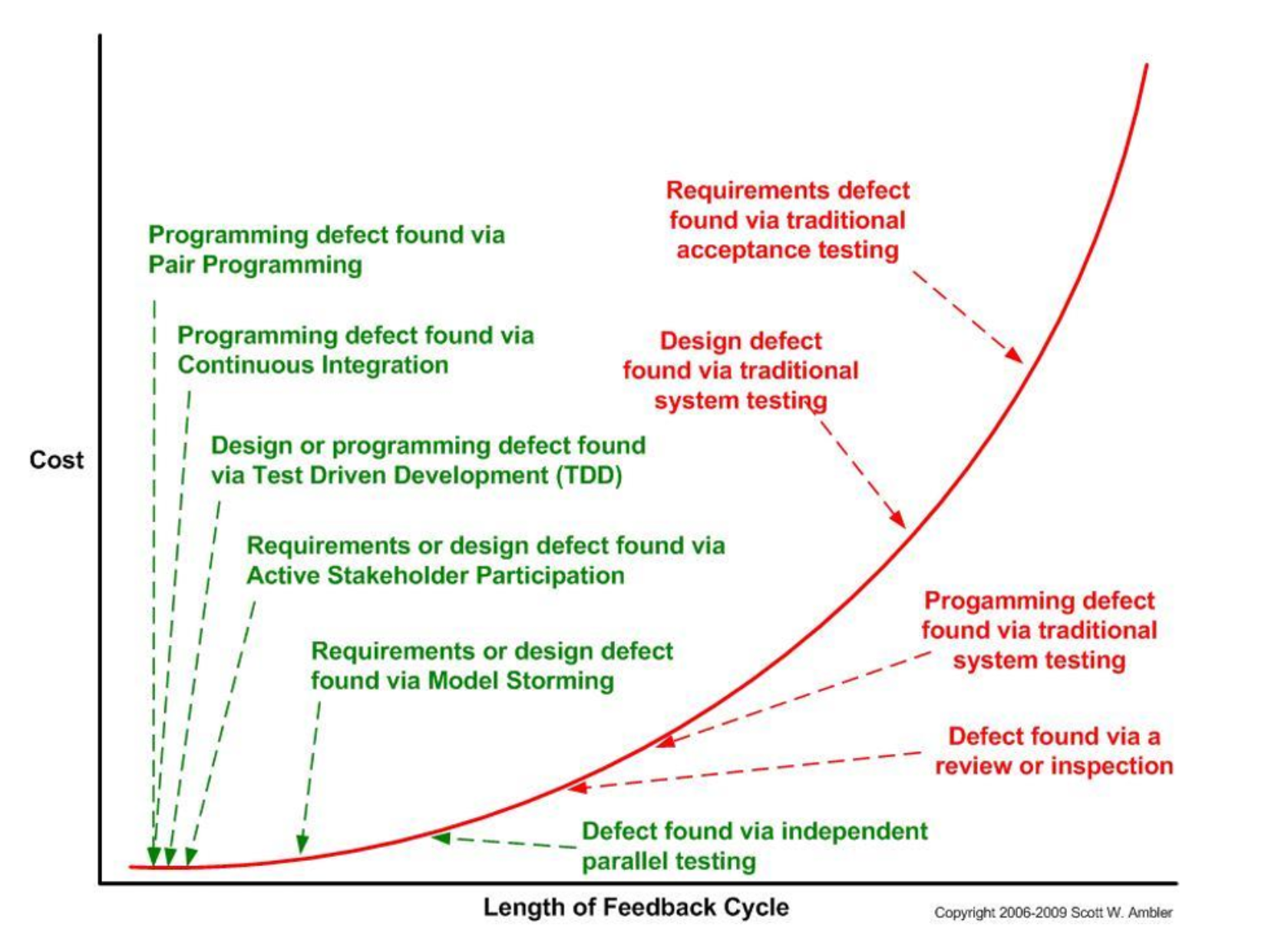
05.06.2020 | Presse
New culture of failure & temporary teamwork
Using the corona crisis as an opportunity - Part 3 of 3
By Katharina Heger
The much praised Agile Work requires courage to be transparent and open to a certain culture of making mistakes. It can and should be visible when mistakes happen, because everyone can learn from them - especially within a team. This is another success factor of the agile world: bringing together all the necessary skills in a team for a certain period of time.
A core element of the new way of working in an agile world is the "team idea": Depending on the project, temporary working groups are formed that can cover all processes, bring in all expertise and skills. The structure in which a project or product moves from department to department as it is created and employees have to deal with it again and again has become obsolete.
On the one hand, teamwork massively shortens the "time-to-market" and, on the other hand, a continuous broadening of knowledge takes place: The team members learn from each other, the expertise in the team grows, the decision-making competence in the team increases.
In order to maximize the benefit for the customer, it is important to get him on board (i.e. into the team) as early as possible - i.e. not only when the project or product is (supposedly) finished, but already in earlier phases. Because only if customers and stakeholders can join in at an early stage, test and give feedback on what they like or what they have completely different ideas about can we avoid "empty miles".
That's why formats such as design thinking with a strong customer focus are very much in vogue, in which more time is "invested" for and with the customer in order to identify their wishes, understand the challenges and only then move on to the solution.
The maxim of agile working = fail fast!
Under the paradigm of delivering something quickly, something is tried out in a team, disclosed and prompt feedback is given - which is exactly the point: the earlier we make mistakes, the cheaper it becomes for the company and ultimately for the customer.
The following figure illustrates how it becomes more and more expensive for companies in software development the later mistakes are discovered:

The sooner the customer is integrated and on board, the quicker you will ultimately be able to deliver - preferably in partial steps. To see this as development and progress goes hand in hand with the topics "culture of failure" and "new work". The agile world links customer systems and development systems much more closely together; you work in partnerships within a system - from the creation of ideas to the prototype.
And the best thing is: Teamwork can also be implemented virtually by means of teleworking, so you don't need to make long appointments, but can schedule a regular "update meeting" in a short time. See also part 1 of this series of articles on the topic "New ways of working with home office & teleworking".
A proven procedural model for project and product management is the so-called "Scrum" method: There is a framework that precisely defines the duration and process.The basic framework for teamwork is a daily "stand-up meeting" (max. 15 min). At the beginning of each "sprint" (which is a predefined period of time, usually one week) there is a planning and at the end a review and retrospective. In between you are allowed to work undisturbed.
Agile failure culture = seeing failure as a symbol of courage and strength
Our culture is strongly rooted in avoiding uncertainty and mistakes. In a society in which performance is a priority, in which you have to be successful in order to be considered productive, failure is something for what you should be "ashamed" of. But those who are ashamed are in a state of stagnation, of rigidity.
Agile can only function if we can live comfortably with this failure: If we not only like to see others failing (which is very human), if we not only respect and maybe even like the failure of others (because it is human), but if we ourselves have no more problem admitting failure to ourselves.
If, on the contrary, we always try to avoid or cover up mistakes, we will go into even greater stagnation, there will be even more guidelines, even more processes, even more decision-makers, even more time elapsed.
A good approach would be to start at home with family or among friends: How difficult is it for us to tell in our private lives when something didn't go so well - that we got critical customer feedback or lost a customer. Rather, it is in us to convey to our children what a successful, flawless superhero you are every day.
This shows how deeply rooted the "not to fail" theme is in us - and this psychological pressure often culminates in burnout. Instead, we should accept and respect our failure: "Yes, today was a bad day, everything went wrong ... but I was allowed to learn a lot.
If we put this into practice, we will learn to deal with our failures in a more sporting way and accept failure as part of the game. All it takes is a little bit of trust in ourselves, in the team, the family, the circle of friends ... and then a certain amount of courage.
So don't be afraid of change - we are in the middle of it anyway.

Katharina Heger
Senior Consultant, next level consulting
